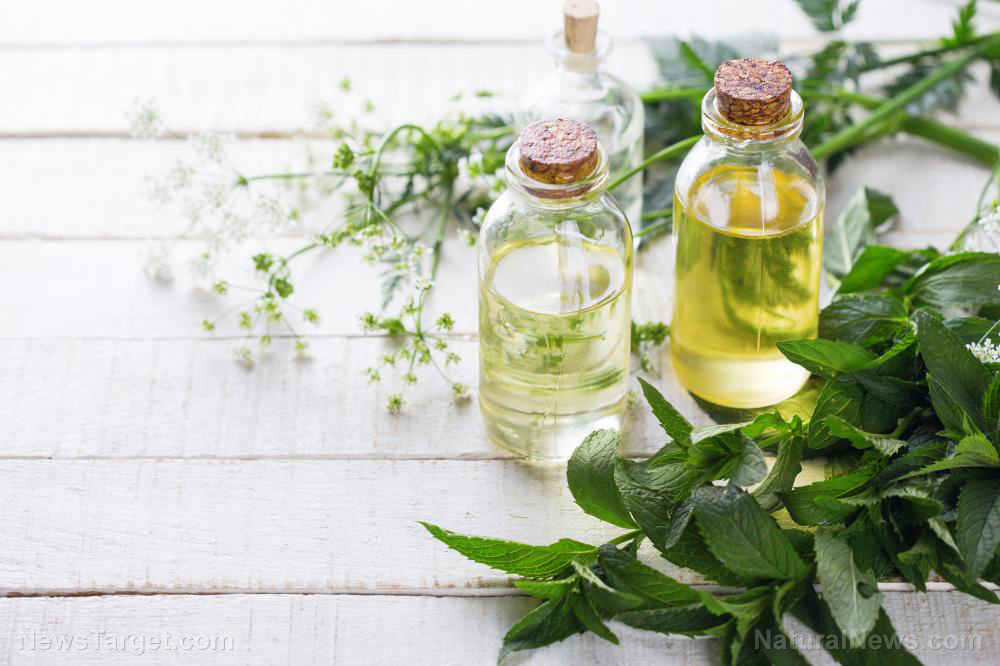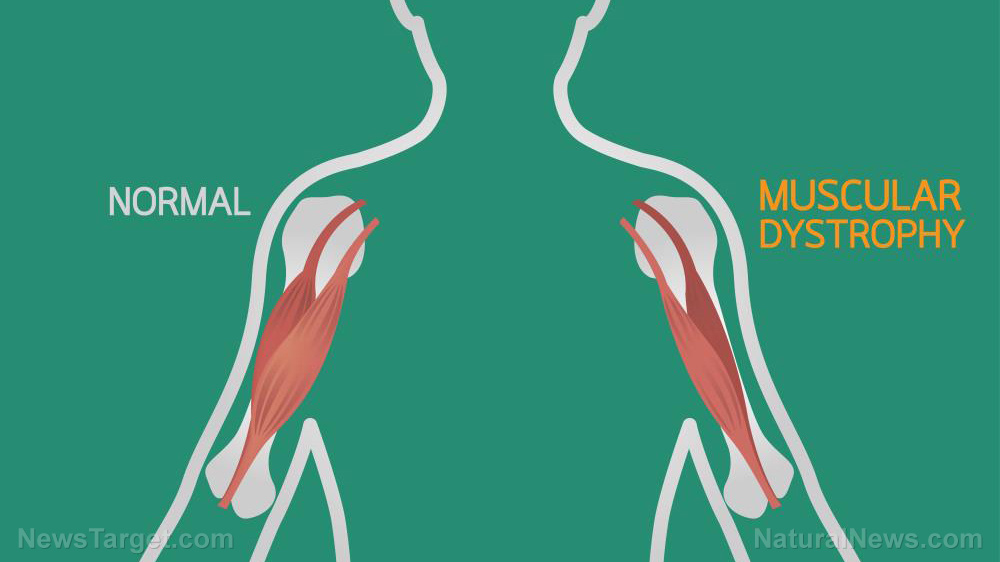Researchers suggest adding biofertilizers to soil to improve yield
04/03/2020 / By Evangelyn Rodriguez

Biofertilizers are substances containing living microorganisms or their natural products, which are applied to seeds, soils and crops. These natural fertilizers are known for their ability to increase plant nutrient content and improve the biological properties of soil.
Biofertilizers are more preferable than chemical fertilizers as they are environmentally sustainable and cost-effective. Synthetic fertilizers, on the other hand, can damage plant roots and leaves and endanger marine ecosystems.
Panax ginseng, also known as Asian ginseng, is a popular herb used in Traditional Chinese Medicine (TCM). Demand for this herb, particularly in China, has soared in recent years, necessitating cultivation to meet market demands. However, overuse of agrochemicals (i.e., chemical fertilizers and pesticides) has led to massive ecological degradation, including loss of soil fertility and the emergence of soil-borne diseases, forcing growers to rethink their agricultural strategies.
In a recent study, researchers at the China Academy of Chinese Medical Sciences evaluated the effects of using biofertilizers for the cultivation of Asian ginseng. Specifically, they focused on the changes in soil microbial communities caused by biofertilizer application and its influence on harmful plant pathogens, such as Fusarium oxysporum. The results of the study were published in the journal Chinese Medicine.
Biofertilizers in organic farming
Biofertilizers are different from organic fertilizers like farmyard and green manure, which are derived from animal and plant sources, respectively. While biofertilizers are used mostly for increasing and maintaining soil fertility, organic fertilizers are used to provide consistent nourishment to plants. Both, however, are used in organic farming.
Organic farming is mainly dependent on the activity of the soil’s natural microflora. These useful bacteria and fungi fulfill critical roles by cycling nutrients, regulating plant growth, maintaining soil structure and combating harmful pathogens. When biofertilizers are applied as seed or soil inoculants, they increase crop productivity by multiplying and contributing to these processes. (Related: Coffee plants grow better without chemicals; healthy soil has microbes and fungi that nourish plants and act as biofertilizers.)
According to studies, biofertilizers can keep the soil rich in all kinds of micro- and macronutrients in a variety of ways. These include nitrogen fixation, phosphate and potassium solubilization or mineralization, release of plant growth regulating substances, natural antibiotics production and biodegradation of organic matter in the soil.
Biofertilizers can increase soil microbial diversity and P. ginseng yield
According to the researchers, Asian ginseng is continuously cultivated for four to five years before it is harvested. The herb undergoes different developmental stages annually, during which significant shifts in the diversity of soil microbial communities have been reported by several studies. However, the effects of biofertilizer application on soil microbial diversity, particularly in relation to the growth of Asian ginseng, are largely unknown.
For their study, the researchers used high-throughput sequencing and quantitative polymerase chain reaction to analyze the microbial community in soils treated with biofertilizers during the development of Asian ginseng. They detected the herb’s ginsenoside content using high-performance liquid chromatography and evaluated the effects of biofertilizer application.
The researchers reported that the incidence rate of root rot significantly declined by up to 47.3 percent after treatment with biofertilizers. Compared with the untreated soil, soil treated with 3.0–4.5 milliliter per kilogram (mL/kg) of disease-control biofertilizers showed increasing trends in bacterial diversity. Biofertilizer treatment also enhanced the yield of Asian ginseng by up to 19.1 percent and improved its ginsenoside (Rg1 and Rb1) content.
Further analysis revealed that soil bacterial communities were changed by biofertilizers depending on their concentration. The researchers also found that the relative abundance of potentially beneficial bacteria (e.g., Bacillus, Burkholderia, Rhizobium, Streptomyces, and Mycobacterium) significantly increased in the biofertilizer-treated soil. In contrast, harmful organisms like the Fusarium species had a low abundance in treated soil.
Based on these results, the researchers concluded that the application of biofertilizers can improve the yield of Asian ginseng and help promote the abundance of beneficial soil bacteria.
Sources include:
Tagged Under: agriculture, Asian ginseng, biofertilizers, Chinese medicine, functional food, gardening, green living, grow your medicine, harvest, Herbs, organic farming, Panax ginseng, phytonutrients, research, soil bacteria, soil health, soil microbial diversity
RECENT NEWS & ARTICLES
COPYRIGHT © 2017 RESEARCH NEWS



















